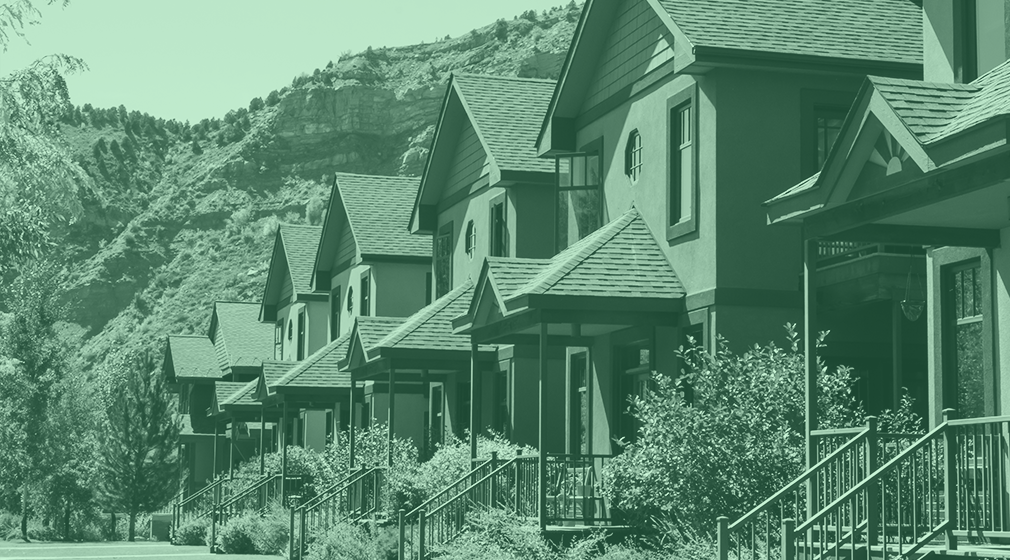Families of Color Will Drive All Net New Homeownership Growth Over Next 20 Years

Homeownership will shift dramatically over the next two decades, says a new report from Urban Institute. As U.S. population growth continues to slow, demographic changes will cause Black, Hispanic, Asian, and other families of color to grow in homeownership. This trend will occur despite structural barriers that have historically kept them sidelined.
Homeownership rates among racially and ethnically diverse groups will likely continue to lag behind the rates of white demographics. Still, their growing populations should boost their net numbers. In fact, families of color are expected to be the only group of homeowners to see net growth over the next two decades.
Urban Institute expects there to be 16.1 million net new households from 2020 to 2040.
—Hispanic households will grow by 8.6 million.
—Asian households, as well as households of races that are not white, Black, or Hispanic, will grow by 4.8 million.
—Black households will grow by 3.4 million.
—White households will decline by 0.6 million.
Changing homeownership composition across U.S. states
Changes in homeownership demographics will vary widely depending on the makeup of individual state populations.
—Texas, the state with the largest percentage of Hispanic families, is expected to grow significantly over the next 20 years. By 2040, Texas should increase its Hispanic households from 32% to 38%. White households will likely decline from 48% to 38%.
—Georgia, the state with the largest percentage of Black families, is expected to see a modest increase in Black homeownership, from 47.6% to 48.2%. Asian and other families that do not fall into white, Black, or Hispanic categories will rise from 61% to 64.5%. Overall, Georgia should see more than 400,000 new homeowners. Of those homeowners, 200,000 will be Black, 100,000 Hispanic, and 100,000 Asian and other homeowners.
—California, the state with the largest percentage of Asian families and families that are not white, Black, or Hispanic, will slow in household formation. It will become increasingly diverse. Asian households should grow from 17% to 22%, and Hispanic households should rise from 30% to 36%. Black households will likely hold at 6%.
—Minnesota, a state with a high percentage of white families, is also expected to grow in diversity. By 2040, white households will likely fall from 84% to 75%. The Black household share will grow from 6% to 10%. Hispanic households, meanwhile, will rise from 4% to 6%. Asian and other households will increase from 6% to 9%.
While U.S. states may look very different from each other in racial and ethnic composition today, that’s changing.
Data suggests that even more homogenous areas will become diverse over the next few decades.
This diversity will translate to increased Black, Hispanic, and Asian homeownership across the country.
A surge in Hispanic homeownership
The U.S. Hispanic population is already growing its share of homeownership. Specifically, Hispanic households grew significantly during the COVID-19 pandemic.
According to a report released last week by the National Association of Hispanic Real Estate Professionals, Hispanic homeownership jumped in 2020 from 8.1 million to 8.8 million households. That increase represents a full percentage point rise in the Hispanic homeownership rate, which now sits around 49%.
The reason for this uptick mirrors factors that contributed to the overall boom in purchase volume last year. Namely, record-low interest rates and migration towards cost-effective areas drove home sales. Still, the Hispanic population’s median age is lower than their non-Hispanic white counterparts (30 years old versus 44 years old). This places the Hispanic demographic on the younger end of peak home-buying age.
It’s also important to note that Hispanic homeownership ticked up despite the serious hardships of 2020. The Hispanic population was hit hard economically by the pandemic, with unemployment among the group rising to 10.4%. During COVID, only 29% of Hispanic employees had the option to work from home, as opposed to 49% of non-Hispanic white people.
The Hispanic population’s determination to buy houses despite these difficulties speaks to the likelihood that their homeownership rate will boom as the economy improves. This trend could prove vital to increasing generational wealth and overall financial health in coming decades.
“Homeownership is the single most powerful strategy for closing the racial and ethnic wealth gap,” the National Association of Hispanic Real Estate Professionals report stated. “To underscore the point, Latino homeowners in 2019 had a net worth of 40 times that of Latino renters.”
How lenders should prepare for changing demographics
If lending teams hope to attract borrower business in the coming decades, they need to cater to diverse groups with their processes, products, and support. That means making accommodations for prospective homeowners linguistically. It also means offering products that expand homeownership accessibility, such as FHA and other low-downpayment loans.
Another important consideration for lenders will be retaining a workforce that can connect with diverse communities.
“We need to get the homeownership of Blacks and Hispanics up. How do we do that? With loan originators that mirror the communities they serve,” said Patty Arvielo, Co-founder and President of New American Financial (NAF), in a recent Clear to Close podcast episode. NAF employs a workforce made up of 46% people of color and prides itself on serving diverse communities with its marketing, products, and culture.
Building a diverse team from individual contributor level roles to senior leadership today is vital to setting up your lending team for success. Not only will you benefit from varied voices and skillsets, but you’ll be ideally positioned to attract borrowers for decades to come.


